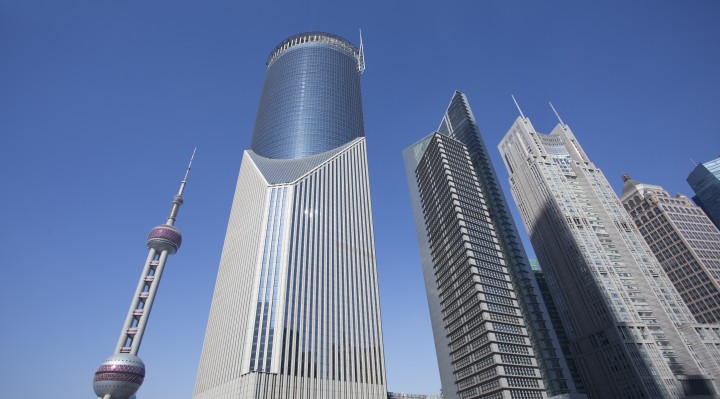For much of the last 30 years, China experienced tremendous levels of growth, mainly through the exportation of cheap consumer goods – massive quantities of them. A vast workforce and lax labor and environmental regulations allowed the Asian nation to surge ahead and solidify its place as the second-largest economy in the world.
Now that China is facing a rise in labor costs, rising levels of pollution and an increasingly-aging population, the nation is struggling to make the transition to a new growth model based on consumption, innovation, services and high-end manufacturing. After a rocky start to the new year, many are wondering if the Chinese economic dragon will roar again this year.
Many experts say that China’s growing middle class will help support the economy, and China’s government has more tools to tackle the crisis than Western governments. However, lack of structural reforms may prevent the nation’s services sector from growing at a fast enough pace to offset the slowdown in other areas of the economy.
Other economists say that the recent turmoil in the markets is not indicative of China’s economic fundamentals.
Yet China’s economic growth has shrank to a 25-year low of 6.9%, and factories are struggling to pay their employees.
Despite this, some economists say that the economic outlook for China is “far better” than most perceive.
What lies ahead for China’s economy? At the recent G20 meeting, the nation outlined a set of ambitious reforms designed to shift its economic model from one focused on manufacturing exports and fixed asset investment to an economy that focuses on domestic consumption. Such a shift may help China achieve balanced and sustainable growth.
China has been trying to move ahead with this transition, but volatility in the markets, which are largely fueled by fears of an economic crash in China, have caused many to question the nation’s commitment to implementing reforms.
China will move forward with structural adjustments, but it will do so on its own timetable, and will likely not be influenced by a G20 imperative.
Nonetheless, Lou Jiwei, China’s Finance Minister, and Zhou Xiaochuan, Governor of the People’s Bank of China, calmed fears over an economic slowdown on Monday by cutting the reserve requirement ratio for banks. This is the fifth time the PBOC has cut the RRR in the last 12 months. The move suggests that China is also relying on monetary levers to bolster growth.
The National People’s Congress will meet on March 5 to discuss the nation’s 5-year plan, which will provide us with insight into the pace of China’s reform measures.



